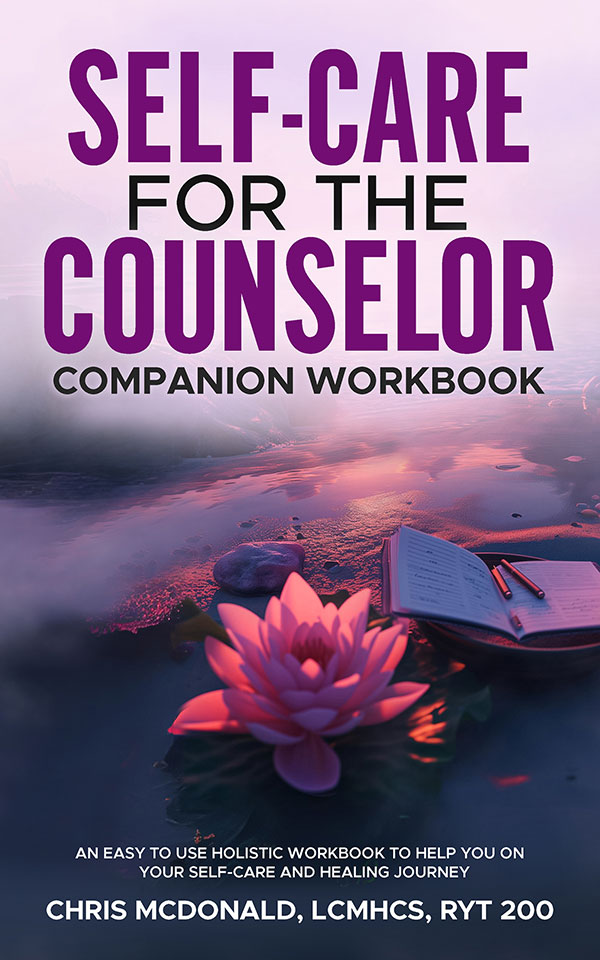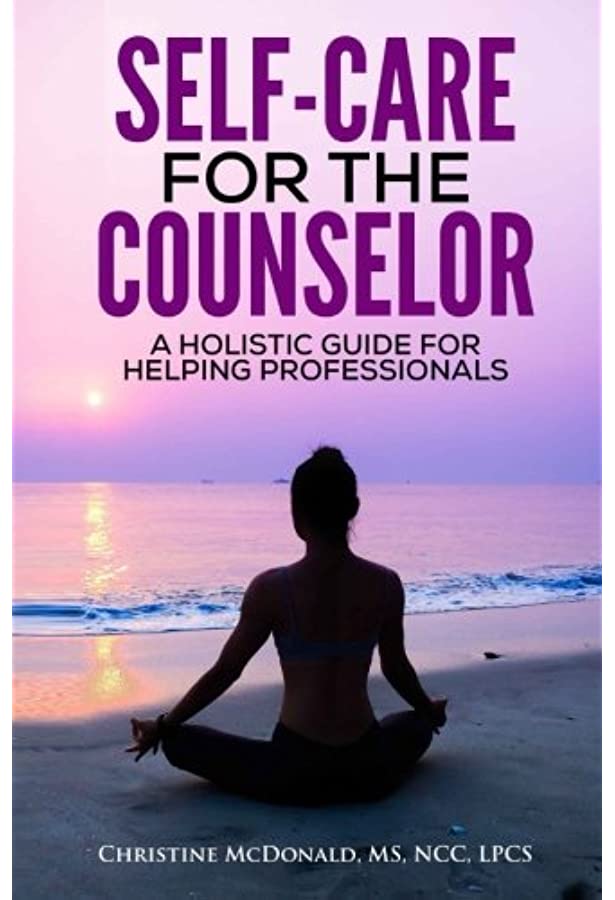Integrating Trauma-Informed Yoga and Story Work into Holistic Healing: A Transformative Approach
Welcome to a journey of profound healing and self-discovery. Today, we delve into the transformative synergy of trauma-informed yoga and story work, a holistic approach that promises to unlock new pathways to healing. As we explore this topic, I invite you to open...
Unveiling the Transformative Power of Somatic Practices in Holistic Therapy
This blog is repurposed from the podcast episode Unveiling the Transformative Power of Somatic Practices in Holistic Therapy , Interview with Maira Holzmann In a world filled with constant chatter and distractions, have you ever wondered how to truly connect with...
Discover How To Help Clients Heal Through Parts Work, Inner Child Work & The Adult Chair Model
The blog and podcast interview with Jenny Jansen explore the Adult Chair Model, a practical tool for helping clients heal from past wounds and limiting beliefs. The model divides one’s lifespan into three chairs: the child chair (ages 0-6), the adolescent chair (around age 7 to 24-25), and the adult chair (biologically around age 25-30). Many people get stuck in the adolescent chair, which is driven by the need to fit in and be acceptable. This can lead to the development of masks, unhealthy coping mechanisms, and a lack of self-awareness.
Working with the inner child is crucial in this model, as it helps individuals reconnect with their core needs and emotions. The inner child often carries feelings of abandonment, self-doubt, and unmet needs. Healing involves forming a relationship with the inner child, acknowledging their feelings, and learning to nurture and validate them. Understanding the roles of different parts of ourselves, including defenses and exiles, is essential in this process. Integrating inner child work into therapy helps clients uncover and address issues rooted in childhood experiences, ultimately leading to more authentic and fulfilling lives.
Jenny Jansen emphasizes that clients don’t have to do this work alone. Therapists can guide them in developing a nurturing relationship with their inner child, facilitating the integration of their core needs and emotions. This transformative process encourages living from the healthiest version of oneself, improving relationships and overall well-being. The blog and interview provide insights into the Adult Chair Model and the value of inner child work in helping clients heal and grow.
Deconstruction and Reconstruction of Faith: Where Trauma and Spirituality Intersect
A summary of a discussion on the topic of the “Deconstruction and Reconstruction of Faith: Where Trauma and Spirituality Intersect.” It explores the intricate interplay between faith, spirituality, and the impact of trauma. The discussion emphasizes the process of faith deconstruction and reconstruction, particularly in the context of trauma, and the role of mental health therapists in guiding individuals through this journey.
Deconstruction of faith is described as the process of questioning and reevaluating one’s religious or spiritual beliefs, often triggered by life events or questions. It involves doubting, questioning, and sometimes even distancing oneself from faith. The text highlights that deconstruction is a messy and complex process of breaking down one’s faith to determine if it truly aligns with one’s beliefs and values.
Trauma is mentioned as a significant factor that can lead to questioning one’s faith, as individuals may struggle to reconcile the existence of a benevolent God with the suffering they’ve experienced. Mental health therapists are encouraged to create a safe space for clients to explore their spirituality and interact with their beliefs, allowing them to emotionally connect with their faith and find healing and solace.
You are not too Woo Woo!
In this blog post, we explore the world of holistic therapy and the challenges that holistic therapists and providers may face when sharing their practices with the world. The author emphasizes the importance of authenticity and self-acceptance, encouraging readers not to shy away from their holistic beliefs for fear of judgment or ridicule.
The article is for Holistic Therapists and acknowledges that not everyone is open to holistic practices, but it urges holistic readers to approach skeptics with compassion and understanding. Finding a holistic community or tribe is highlighted as a valuable support system for those who may feel isolated in their beliefs.
Transformative Insight Imagery – (TII)
Explore the profound world of Transformative Insight Imagery (TII) in therapy. TII goes beyond guided imagery and visualization, connecting you deeply with your inner images to uncover hidden truths for personal and professional growth. This versatile tool can aid in personal development, professional enhancement, and therapeutic work with clients.
What is Transformative Insight Imagery?
TII taps into your inner world, drawing sensory material and wisdom from your own psyche and history. It involves a body-centered approach, enhancing awareness of physical sensations and emotional holdings. A co-facilitator is there to guide and support the process, allowing the imager to trust themselves and heal what arises.
Who Can Benefit and Who Should Avoid TII?
TII is suitable for various age groups, including children, and can be integrated with different therapeutic modalities. However, caution should be exercised with individuals experiencing reality testing issues, active delusions, specific brain injuries affecting reality testing, or advanced dementia.
Benefits for Clients
Discover how TII can aid clients in healing from trauma, anxiety, and limiting beliefs. It facilitates emotional regulation, mindfulness development, and the transformation of intrusive thoughts. Clients can access inner resources and integrate lost selves into their present lives, leading to powerful ripple effects.








